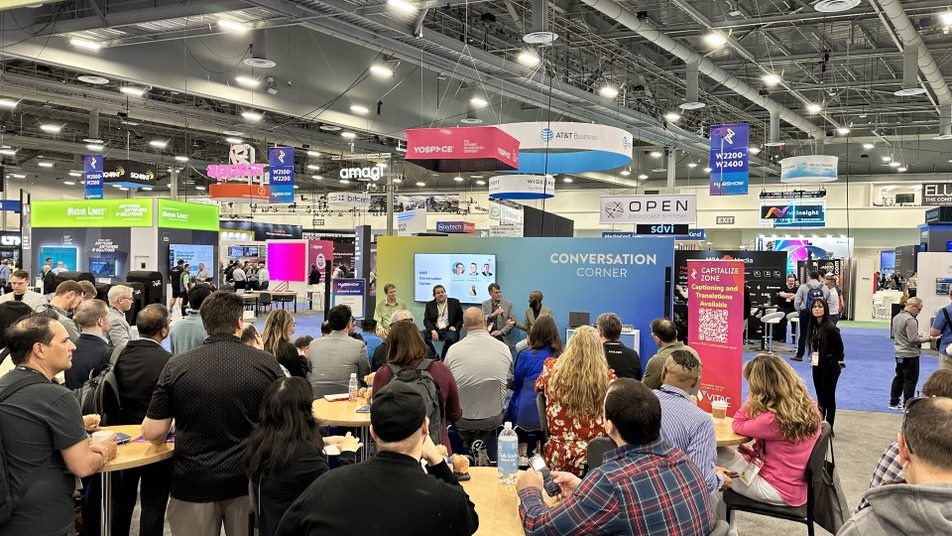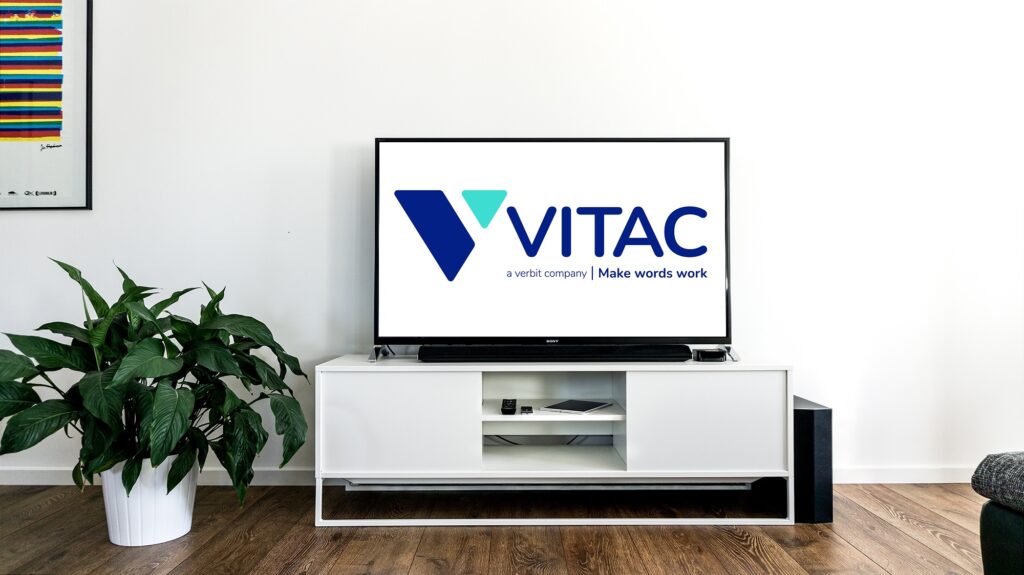 The Federal Communications Commission (FCC) is accepting replies to its call for comments on what updates, if any, are needed to the 21st Century Communications and Video Accessibility Act of 2010 (CVAA).
The Federal Communications Commission (FCC) is accepting replies to its call for comments on what updates, if any, are needed to the 21st Century Communications and Video Accessibility Act of 2010 (CVAA).
The CVAA was enacted more than a decade ago to help ensure that people with disabilities weren’t left behind as technology progressed in the digital age. It covers two broad categories of modern technologies — telecommunications access and video programming — and instituted new accessibility rules for advanced communication services, including, among others:
- Audio description
- Closed captioning of Internet-protocol (IP) delivered video programming
- Accessible emergency information
- Accessible user interfaces (making functions such as captioning and audio description settings accessible to individuals with disabilities)
- Voice over Internet Protocol
- Electronic messaging and video conferencing
- Accessible Internet browsers on mobile phones
Most of the CVAA’s rules have been in effect now for years, and many have not been revisited since their initial adoption. Taking into account changes in technology and industry practices, as well as consumer experiences, the FCC sought comments on which aspects of the CVAA are working well, where there is room for improvement, and which requirements are not serving their intended purpose or have been superseded by new technologies.
Comments have been filed by broadcasters, advocacy groups, and citizens. Below is a brief summary of some of the suggestions received by the FCC that could have an impact on VITAC customers.
Expand caption and caption quality rules to online video distributors
Television has changed considerably since the CVAA’s implementation, with more online video distributors (OVDs) – Netflix, Hulu, Amazon Prime, Disney+, HBO Max, Peacock, and Discovery+, just to name a few – delivering popular content these days.
A recent study showed that 78% of households subscribe to a streaming service, and that more direct-to-OVD content is being produced each year.
Advocates have asked that the FCC adjust and expand its television rules to include these new program distributing platforms and revisit their responsibilities for caption provision, quality, pass through, and rendering. Should the FCC agree, it will mean that OVD providers, which are not held to FCC captioning rules for original programming that was not first broadcast on traditional TV (such as repeats of “NCIS” on Netflix), might be held to more stringent FCC rules for captioning and reporting.
Audio description pass-through requirements
Per the CVAA, programming captioned on TV must be captioned when delivered online or via IP on platforms like Netflix, Hulu, etc. This, however, is not a requirement for described content.
Blind and low vision consumers of TV content can only be assured their program is described when it airs on TV, not when it is redistributed through an OVD platform. A large number of individuals, as well as the American Foundation for the Blind, have requested that the FCC extend its audio description regulations to streaming content and require IP-based video programming providers and distributors to deliver audio description.
Ensure caption and description files follow video content
Advocates, including the Information Technology Industry Council, have asked the FCC to improve the delivery of captions and audio description by imposing pass-through obligations throughout the distribution chain. This means that once a program is captioned or described, those captions and descriptions become inseparable from the content and can be passed through from video program owners to subsequent video programming providers. The concern is that captions and descriptions often can be lost, removed, or garbled as video—whether clips or full-length prerecorded or live/near-live programming— moves through different distributions platforms (TV, streaming, online).
Strengthen enforcement
The FCC’s current enforcement system for accessibility concerns largely is dependent on the filing of viewer complaints (viewers fill out an online form to report issues to the FCC, which then notifies the responsible entity) and, some have argued, can be a little cumbersome. A more simplified complaint process – including updates to the FCC’s web-based complaint forms and developing a smartphone app for reporting issues – was noted in comments.
Though the FCC has taken a number of successful enforcement actions, advocates have asked that the commission establish a system to more actively monitor the accessibility problems under its purview. To that end, it’s been suggested that the FCC request additional funding to monitor problems and pursue strong action against violations.
Establish metrics for measuring caption accuracy
Research groups and accessibility advocates – including Telecommunications for the Deaf and Hard of Hearing, the National Association of the Deaf, the Hearing Loss Association of America, the American Association of the DeafBlind, and Communications Service for the Deaf – are requesting that the FCC develop technology-neutral metrics in regards to caption accuracy and, further, issue a declaratory ruling and/or expedited rule change with guidance on the use of automatic speech recognition (ASR) technologies for captioning of live television programs.
A 2019 petition, filed on behalf of nearly a dozen deaf and hard-of-hearing, academic, and consumer groups, that asked the FCC to develop objective, technology- and methodology-neutral metrics for live captioning quality, and issue a ruling on the use of ASR technologies still is up for FCC consideration.
The deadline to post a reply to comments on the CVAA is July 6.



